For some, tumbleweeds are iconic symbols of the American West. For others, they are safety hazards.
A tumbleweed is the colloquial term for a number of weeds that dry, break off and tumble into the wind, said Susan Bird, a maintenance and outreach specialist with Yakima County Noxious Weed Control.
The most prevalent tumbleweed in Yakima County is the Russian thistle, an invasive plant believed to have come to the United States in contaminated flax seed brought by Russian immigrants to South Dakota in 1873. The species spread through drier areas of the West, propagated by threshing crews, railroad cars and windblown tumbleweeds.
Bird said Yakima’s Russian thistles grow in the mid- to late summer, with the bushy plants reaching up to 4 feet tall. One plant can produce 250,000 seeds, which are viable for up to one year. The plants produce tiny, colorful pink to greenish flowers. Each flower produces a seed and thorns.
Mammals and birds, including Gambel’s quail, eat the seeds. The plant also saved beef cattle during the Dust Bowl, when no other feed was available. It was designated as a weed after people realized the invasive species thrives in livestock ranges and accumulates along fence lines and buildings, creating possible fire hazards.
Education and weed control
The county’s noxious weed board has different classifications for invasive species, depending on perceived threat and spread. Species that are pervasively widespread often land on a list where control isn’t mandated.
Russian thistle is so widespread that it’s not listed by either the county or state noxious weed boards as a species with mandated control, Bird said.
Instead, Yakima County works to educate landowners and asks them to contain blowing weeds. The largest problem areas are open, noncrop areas, where the invasive plants have no competition from grazing or other crops.
The ridge of north Terrace Heights is one such area, Bird said.
Grain lands are other common areas where Russian thistle proliferates, especially after the grain is harvested and the soil is opened to sunlight.
Other tumbleweeds are tumble mustard, also known as Jim Hill mustard, which can grow up to 6 feet tall, and Kochia, which can grow up to 8 feet tall, Bird said.
“These plants become safety hazards when they form dense piles along roads, houses and draws where they can become visibility hazards and fire hazards,” she said.
Scott Schafer, public works director for the city of Yakima, said city staff spray for weeds in the city’s right-of-ways. He said he gets complaints about tumbleweeds from time to time.
“If the issue becomes a safety concern, Public Works staff will address,” he said.
Schafer stressed that property owners are responsible for maintaining their lands. He said the city’s code enforcement division gets involved if the height of weeds becomes an issue or causes tumbleweeds to cavort into roadways or neighboring properties.
Bird’s agency offers herbicide assistance grants and equipment available for local landowners with noxious weeds on their properties, particularly for Scotch thistle, houndstongue and yellow star thistle, as well as free plant identification and inspections.
More attention
{span}Beyond their hallowed place in Western films, tumbleweeds received national attention earlier this year when they {/span}trapped cars and closed Highway 240{span} northwest of Richland on New Year’s Eve. They also {/span}invaded a south Kennewick neighborhood{span}.{/span}
Then there’s the classic song, “Tumbling Tumbleweeds,” popularized by the Sons of the Pioneers and Gene Autry.
Bird said she’s not aware of there being more tumbleweeds this year than in years past. But she said people might perceive there are more, given the media attention and high winds that moved around the dried plants.
“Because of media coverage when they have caused traffic issues, people are more aware of them,” she said.
Bird encouraged people to avoid hitting tumbleweeds when driving, as doing so can scratch vehicles and help spread the seeds, which could get into the undercarriage of cars and be released throughout the course of travel.
But she also asked people to be aware of other drivers on the road and to avoid causing accidents by trying to swerve around the plants.
“If you can, avoid hitting them. However, don’t cause an accident,” she said. “It won’t hurt to hit them. They typically shatter and blow away.”

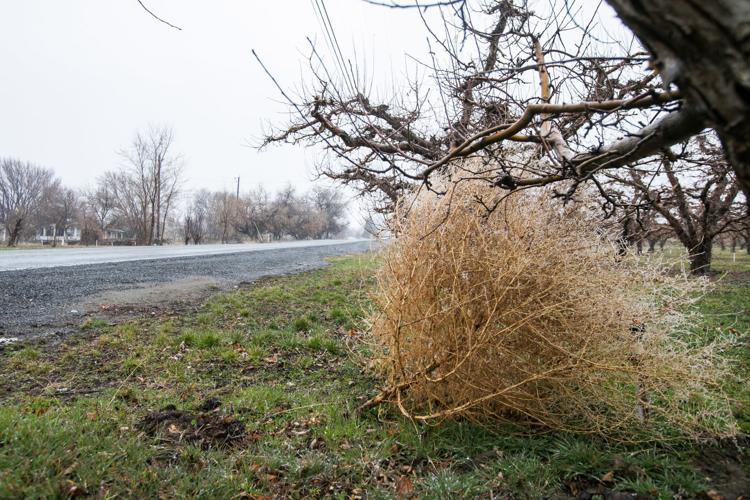
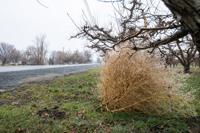


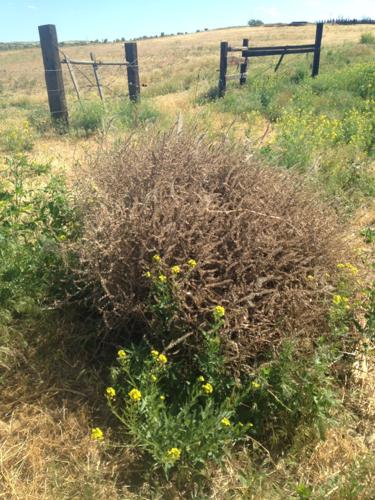




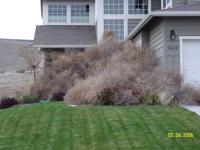

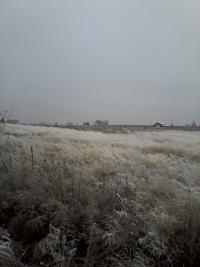
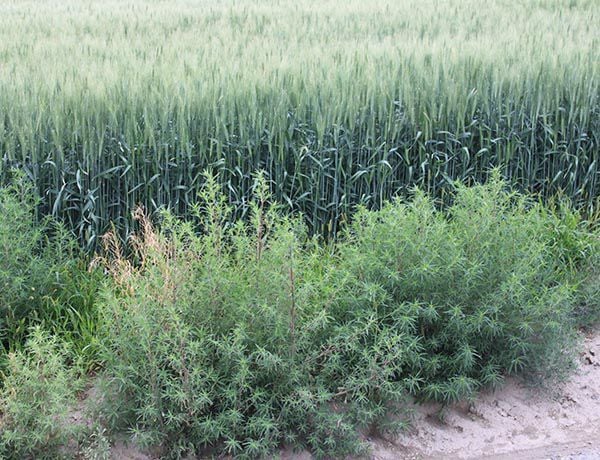











(0) comments
Comments are now closed on this article.
Comments can only be made on article within the first 3 days of publication.